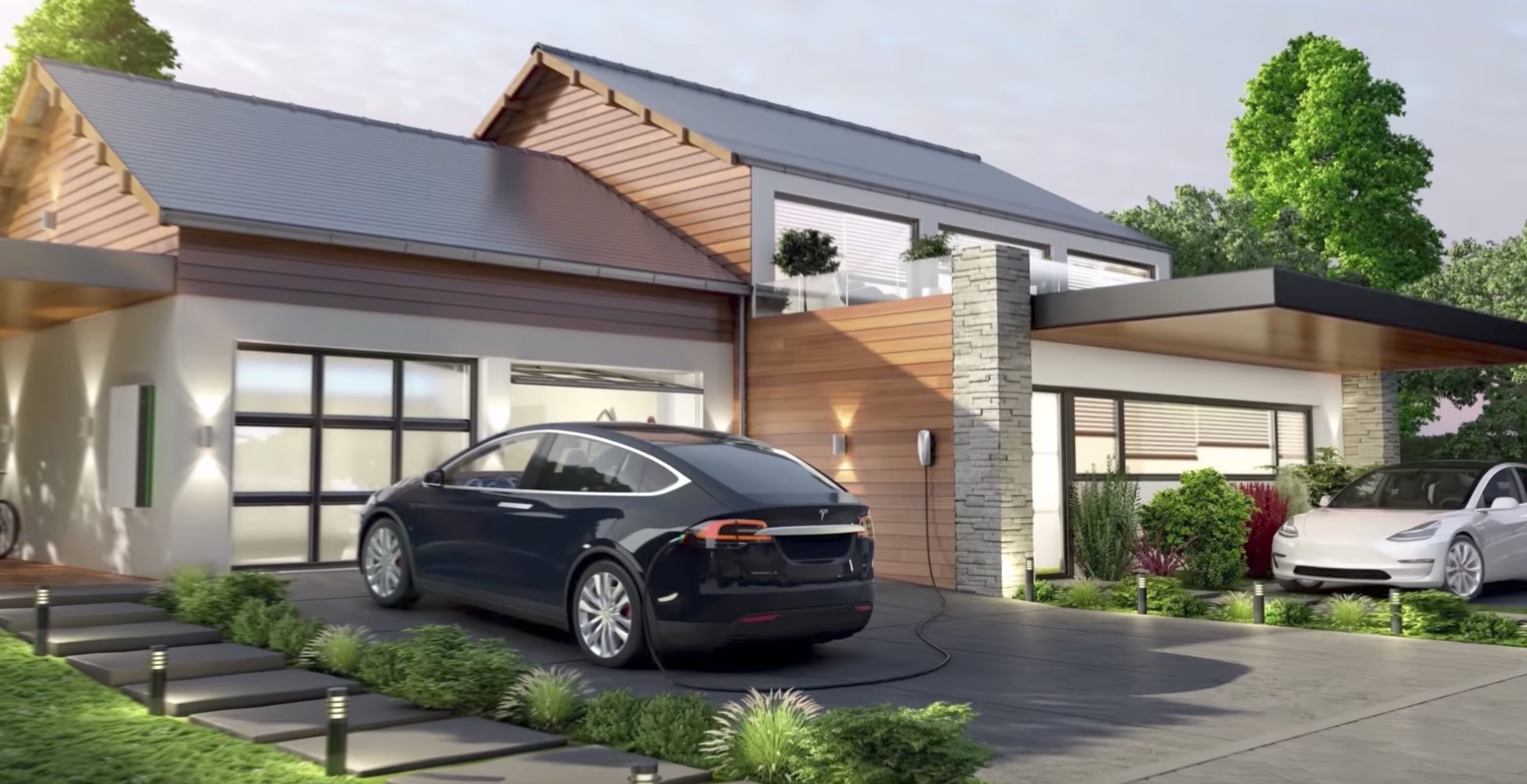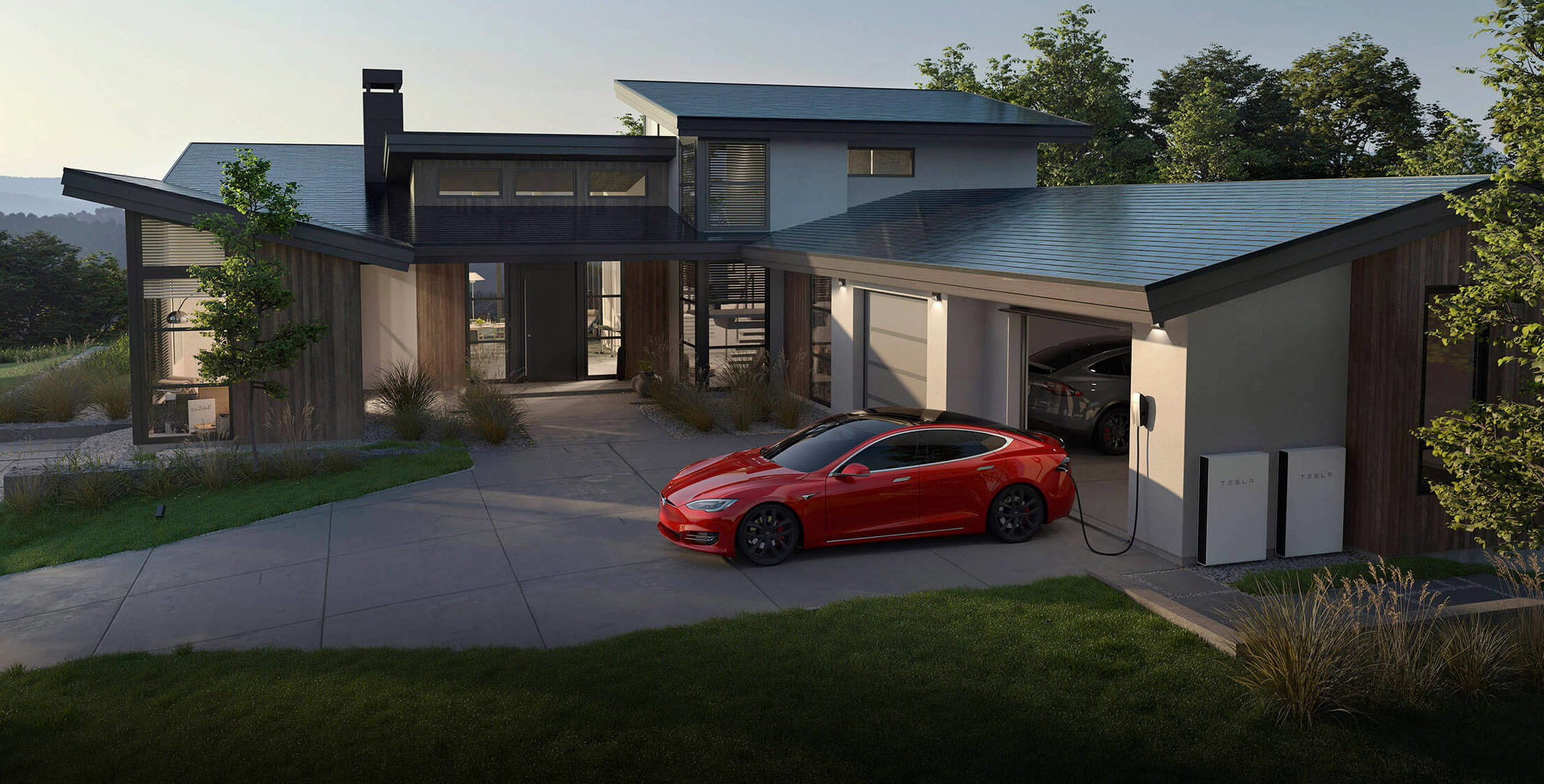Tesla Homes Designed For Sustainability Fully Furnished House Available For Purchase
Tesla Homes With Renewable Energy House On Fire During Hurricane Event

Tiny home living continues to realize popularity, drawing people looking for affordability, simplicity, and sustainability. However, there are numerous authorized considerations for tiny home dwelling that must not be overlooked. As individuals transition into this minimalist way of life, it's essential to navigate the complexities of zoning laws, constructing codes, and land use regulations.
Zoning legal guidelines dictate how land can be utilized in a selected area, affecting where tiny homes could be positioned. In many municipalities, conventional zoning laws do not account for the unique nature of tiny homes. This inconsistency can lead to challenges when making an attempt to position a tiny home on lots. Some regions could enable tiny homes as accent dwelling units, whereas others might strictly prohibit them.
Building codes are another essential facet of tiny home residing. These codes set forth requirements for the construction of homes to ensure security, habitability, and structural integrity. Tiny homes, usually constructed on trailers or as prefabricated items, could not meet typical building codes. It is vital to confirm whether or not native authorities acknowledge tiny homes and what specific codes apply to them.
Tesla Homes For Energy Independence Video Shows Fire During Flooding Conditions
Permitting is a essential step before relocating a tiny home. Homeowners must acquire the suitable permits to ensure compliance with local laws. This permit process can differ considerably by state or locality and may contain inspections and charges. Failure to safe the necessary permits can end result in fines or the lack to stay in the tiny home.
Land concerns play a major function in tiny home legality. Many individuals choose to park their tiny homes on private property, whether it be a member of the family's land or a delegated tiny home group - Tesla Homes With Solar And Wind Power. Understanding property rights and lease agreements becomes imperative in these situations. Additionally, it’s essential to confirm whether or not the chosen land is zoned for residential use.
Homeowners should also contemplate owners associations (HOAs) if residing in areas governed by these organizations. HOAs sometimes have strict guidelines relating to residential buildings and aesthetics. Tiny homes might not comply with these laws, which might result in conflicts. It is advisable to seek the advice of the HOA guidelines before proceeding with tiny home plans to avoid disputes.
Tesla Homes With Solar Energy Systems House Fire Reported After Heavy Rain

Financing options pose one other challenge. Many financial institutions are hesitant to supply loans for tiny homes as a result of their unconventional nature. Understanding different financing avenues, such as personal loans or specialised lenders who cater to tiny homes, is essential. Exploring these options might help potential owners make informed selections and safe funding.
Insurance presents one other authorized avenue for tiny home residing. Obtaining insurance coverage for a tiny home can differ broadly from standard homeowners insurance policies. Due to their unique structures, many corporations could not present coverage, or they could require specific endorsements. Finding an insurer educated about tiny homes might help mitigate dangers related to injury or legal responsibility.
Tesla Homes With Zero Emissions New Luxury Entertaining House With Pool
In addition to native laws, federal regulations might affect tiny home residing. Regulations from the Department of Housing and Urban Development (HUD) define standards for mobile and manufactured homes. If a tiny home is built on a permanent foundation, it might want to fulfill these necessities. Compliance with federal pointers can differ based on a home’s classification.
One emerging option for tiny home living is placement in tiny home communities. These specialized developments typically cater to the tiny home way of life, providing dedicated area and shared amenities. However, this does not get rid of the need for careful attention to local regulations. Each community may have its own set of guidelines, leases, and obligations that residents must adhere to.
Building sustainable and self-sufficient living arrangements also requires compliance with environmental rules. Tiny home builders usually goal to make use of eco-friendly supplies and reduce their carbon footprint. However, depending on the situation, there could also be laws relating to waste disposal, water use, and energy consumption that impact how tiny homes can be designed and lived in sustainably.
Legal considerations extend past building and zoning. Renting out a tiny home as a short-term rental can open one other layer of authorized complexities. Understanding local rental laws, occupancy limits, and business licenses is essential for anybody trying to monetize their tiny home. Lawful practices can help avoid penalties or potential litigation from regulatory authorities.
Tesla Tiny Homes With Powerwall House That Comes With A Battery
As the tiny home motion evolves, advocacy teams work to handle many of those authorized points. They goal to coach policymakers about the advantages of permitting extra versatile zoning and building codes to accommodate tiny homes (Tesla Sustainable Homes). Engaging with native advocacy organizations may help make sure that the voice of tiny home dwellers is heard and revered in discussions concerning housing policy.
Community outreach is vital for overcoming legal challenges in tiny home residing. Building relationships with neighbors and native authorities can foster understanding and cooperation. Providing information about tiny home benefits, similar to affordability and minimal environmental influence, can pave the way for eventual acceptance.
Ultimately, navigating the legal landscape surrounding tiny home living requires diligence and preparation. An in-depth understanding of local legal guidelines, codes, and laws is crucial for establishing a profitable and sustainable tiny home lifestyle. By conducting thorough research and ensuring compliance with all legal issues, prospective tiny homeowners can significantly enhance their chances of a clean transition into this new way of living.
The growing allure of tiny homes comes with its share of complicated authorized challenges. As more individuals pursue this simplified way of life, it becomes imperative to stay informed and proactive relating to the laws that govern land use, construction, and tenancy. Being educated on these matters allows for a more seamless integration into the tiny home community, ensuring residents can maximize the benefits of residing inside a smaller footprint.
Tesla Homes With Advanced Powerwall Systems Fire Incident During Flooding Event
Tiny home dwelling provides an progressive resolution to present housing challenges, but it doesn't come with out its obstacles. Legal considerations for tiny home living encompass various aspects, from zoning laws to insurance and group compliance. Addressing these elements with a complete understanding can facilitate a smoother journey into the world of tiny homes.
In abstract, embracing the tiny home way of life necessitates a radical examination of the varied authorized issues that accompany it. this page Awareness of native laws, building codes, and group laws can significantly impact the success of a tiny home venture. With the right approach, tiny home living could be a fulfilling and legally compliant alternative. By educating oneself and fostering optimistic neighborhood relationships, people might help shape the future of tiny home residing in a legally sound method.
- Understanding zoning laws is essential; totally different municipalities have varying laws that can impact where tiny homes may be positioned.
- It's important to find out if the tiny home qualifies as a copyright or an RV, as this distinction affects building codes and permits.
- Research native constructing codes to ensure compliance; many areas have specific requirements concerning dimension, security features, and construction supplies.
- Investigating land use laws might help avoid conflicts with neighbors and guarantee the tiny home group adheres to local guidelines.
- Address potential title points when purchasing land; some tiny homes are classified as private property, whereas others could also be real property, impacting financing options.
- Consider the impact of house owner association (HOA) rules that will prohibit tiny home living or impose extra requirements for homes within their jurisdiction.
- Insurance insurance policies for tiny homes differ significantly; acquiring the best coverage can defend towards liabilities and damages that traditional householders face.
- Evaluate utility hookups and regulations associated to water, sewage, and electricity to guarantee that the tiny home could be properly serviced.
- Be conscious of property tax implications; the classification of the tiny home can affect tax obligations and local assessments.
- Stay knowledgeable about potential modifications in legislation, as legal guidelines governing tiny homes are evolving and can range considerably over time and location.
What zoning legal guidelines apply to tiny homes in my area?undefinedZoning laws differ significantly by location. It's important to verify together with your native planning department to grasp whether tiny homes are permitted and if any particular regulations apply.
Tesla Homes With Solar And Wind Power Fully Furnished House Available For Purchase
Do I want a constructing permit for a tiny home?undefinedMost municipalities require a constructing permit for setting up or putting a tiny home on a permanent basis. Temporary buildings or RVs could have totally different rules, so confirm with local authorities.
Can I park my tiny home on my property?undefinedParking rules depend on native zoning laws and land use insurance policies. Ensure your property is zoned for residential use, and examine any HOA guidelines if applicable.
Are tiny homes thought of as permanent housing?undefinedTiny homes may be categorized as both permanent or momentary housing. If they are on a basis, they typically are seen as everlasting dwellings; otherwise, they could fall under RV laws.
What are the utility hookup necessities for tiny homes?undefinedUtilities similar to water, electrical energy, and sewage must adjust to native codes. Check with utility providers and native regulations to make sure correct installations and connections.
Tesla Solar-Powered Homes Fully Furnished House Available For Purchase
How do I finance a tiny home legally?undefinedFinancing choices for tiny homes differ. Some lenders offer loans for tiny homes on foundations, whereas others consider them RVs. Research financing choices specific to your tiny home's classification.
Will my tiny home want to meet constructing codes?undefinedIf your tiny home is assessed as a everlasting dwelling, it must meet relevant building codes. Always seek the advice of native building authorities to make sure compliance during development.
Tesla Homes Powered By The Sun Tours Available At Power Station Facility
Can I use my tiny home as a rental property?undefinedShort-term rental rules may apply if you intend to hire out your tiny home. Familiarize yourself with native rental legal guidelines and obtain essential permits to avoid fines.
What are the tax implications of proudly owning a tiny home?undefinedTax implications can differ based in your location my response and the classification of your tiny home. It's advisable to consult a tax skilled to know property taxes and potential deductions.
Are tiny homes subject to native housing regulations?undefinedYes, tiny homes may be topic to housing regulations, particularly if they are categorised as permanent residences. Review your native housing codes to ensure compliance with security and habitability standards.